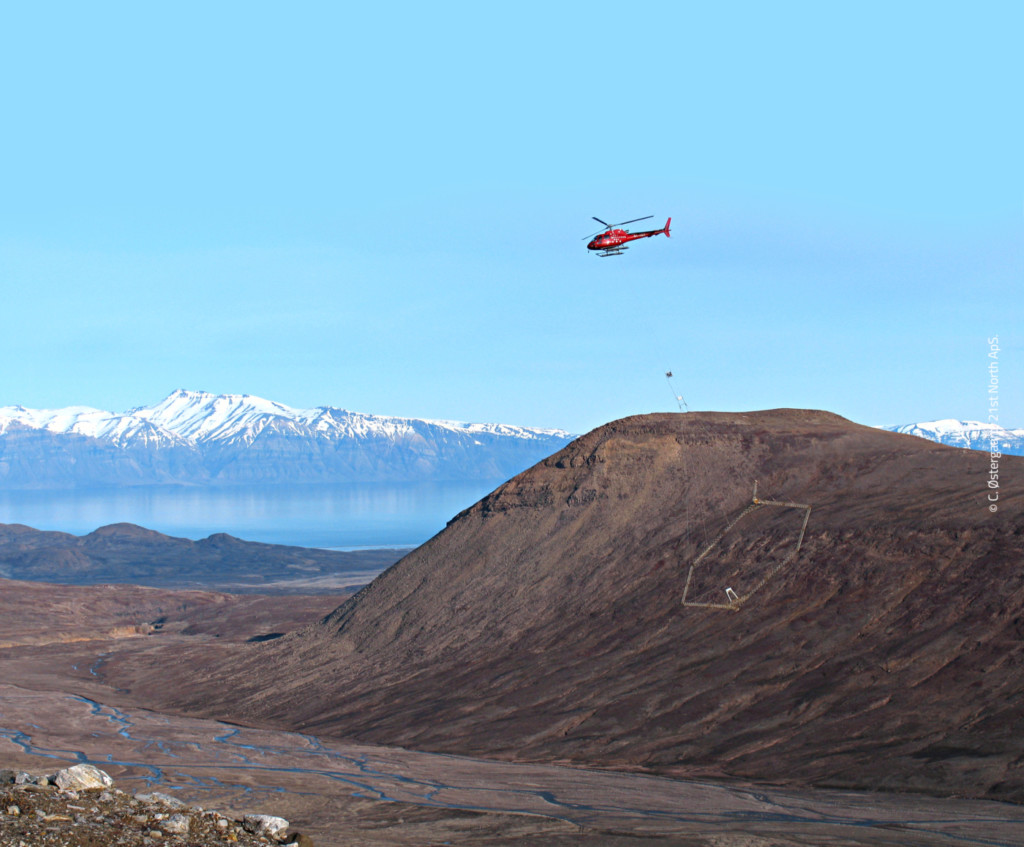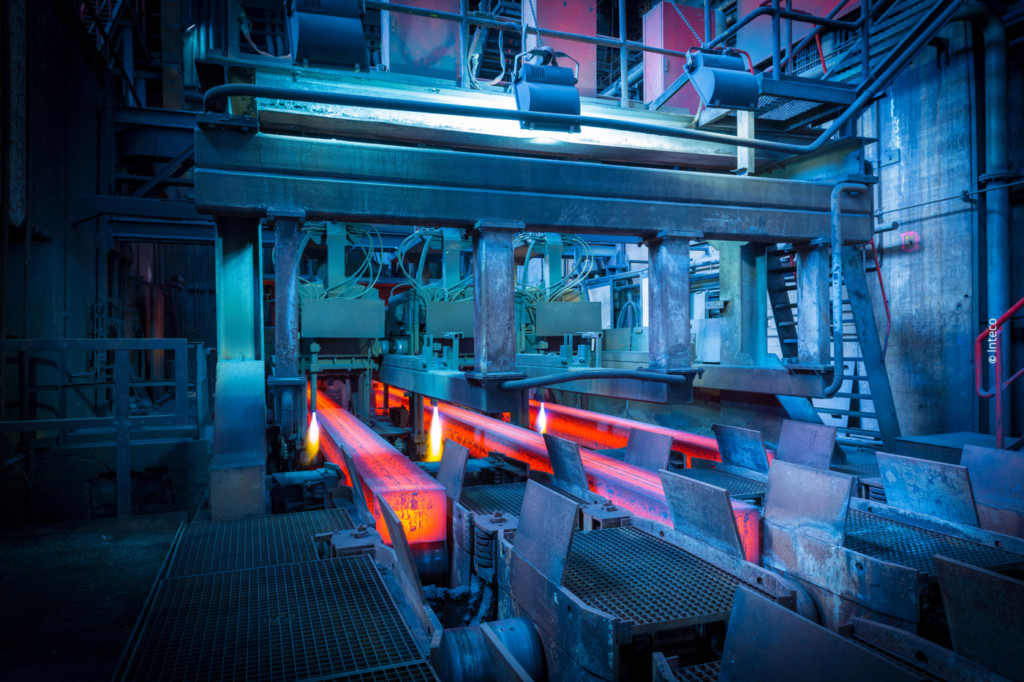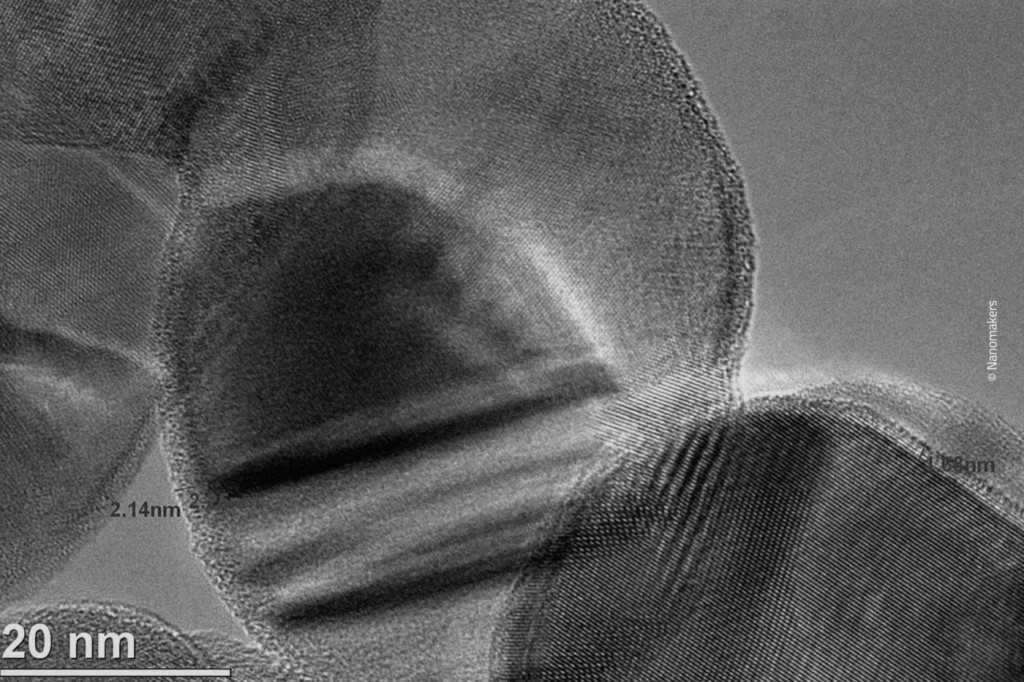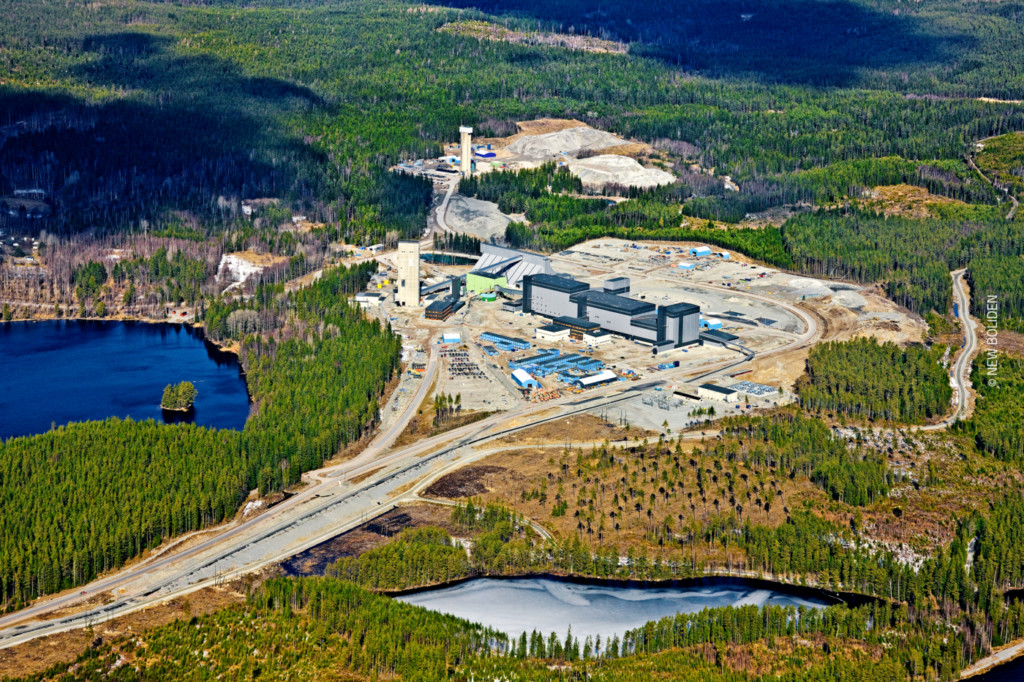Project duration: 1 September 2019 – 31 December 2022
Objective
The Raw Material (RM) industrial sector depends from costly and unsafe operations. AMICOS supports the digital transformation of the RM industry by proposing an innovative E2E asset management solution to increase the market penetration/adoption of digital technology in mines. It provides a great opportunity to gain market share by exploiting emerging technologies to reduce the costs for key operations to allow a safer working environment.
The solution (technology)
The Raw Material (RM) industrial sector is dependent on extensive systems of infrastructures for efficient operation such as plants, buildings, gas and water pipes, sewages and potentially transportation infrastructure. Such systems are not often renewed due to high maintenance and monitoring costs because of the high risks associated to the (mostly manual) inspection, and because of the needs to stop the production for safety reasons. Moreover, the retrofitting of the infrastructure may be not economically convenient. To be competitive within the mining sector, operational costs and effectiveness are of utmost importance and have a linear impact on the performance and margins.
The RM industrial sector is increasingly implementing innovative techniques to improve productivity from existing assets and infrastructure leveraging on continuous innovations in sensor technology, machine connectivity, robotics and Artificial Intelligence. However, this digitalisation process suffers from disconnection between digital transformation potential and successful implementation of new technologies. With fixed labor prices on the mining side and diminishing returns from labor arbitrage on the metals side, organisations are looking for opportunities to lower their costs and improve their uptime through automation and robotics. The RM industries (similarly to other sectors) are always chasing the equilibrium between two competitive goals: 1) maximise their efficiency; and 2) minimise their costs to increase profit. Thus, on the one side the focus is on finding ways to enable and collect data through greater connectivity and leveraging on new sensor devices, on the other side the focus is on how to harness the collected data to maximise efficiency and minimise costs.
In this project we envisage the design of an innovative end-to-end solution composed by three main concepts: i) innovative physical devices deployed and used in the field, which are able to collect sensitive information regarding the typical (costly) operations in mines, ii) a set of SW tools able to integrate heterogeneous source of data and iii) a list of smart services able to provide extended benefits to the mining ecosystem considering real use cases and needs presented from end-users (mines entities in the consortium).
Concept_1 – AMICOS will deploy innovative low-power IoT devices with the aim to detect and prevent possible risks to structures and infrastructures by monitoring their operations and status in real time. These solutions are essential for ensuring that assets’ operations are maximally optimal, safe and cost competitive. Moreover, the implementation of autonomous UAVs and UGVs smart objects will facilitate the use of innovative mapping and inspection techniques based on the collected of new data. Such devices will allow the monitoring and analyses of critical operations, avoiding manual inspection, and the acquisition of additional and targeted sensing information. The IoT, UAVs and UGVs devices are orchestrated by the central platform, which uses off-the-shelf Industrial Internet of Things concepts to securely funnel the sensed data to the specific applications and to facilitate the configuration, the collection, the storage and the processing of the data for the different business needs.
Concept_2 – The AMICOS platform has an enormous potential to transform the traditional manual approach to a more cost-effective, data-driven, autonomous and intelligent process that will result in a significant reduction of the operational costs, in an increase of the effectiveness with a positive impact on the performance and margins. The relevant parts of the AMICOS platform architecture are: i) Integration layer: interface between the platform and the connected devices, including data provided by external sources, ii) Controller; it will report to the internal modules that new data from the external devices is available for processing, iii) Fusion Module; it will merge the information and store it in the database, iv) Data lake, v) GIS Module, vi) Decision Support System (DSS); and vii) Big Data; analytic tools. In order to validate the agnosticism of this platform, it will be validated in relevant realistic environments considering different scenarios and business requirements.
Concept_3 – Finally, a list of dashboards and industrial applications will be implemented in order to validate the proposed use cases. In this concept, the main innovations are related to Digital Signal Processing techniques to analyses sensing data, Building Information Modeling (BIM) methodologies for the generation, management and 3D visualisation of digital information of the physical and functional characteristics of a facility. Moreover, it provides advanced and configurable analysis techniques to support decision making leveraging on combination of Model Based Reasoning and Artificial Intelligence to harness the collected data to the different business cases (e.g. from the simple alerting to predictive maintenance).
Partnership
- Fondazione Bruno Kessler (Lead Partner), Italy
- ArcelorMittal Innovación, Investigación e Inversión, S.L., Spain
- Atlantic Copper S.L.U., Spain
- KGHM Polska Miedz Spólka Akcyjna, Poland
- LTU Business AB, Sweden
- Wroclaw University of Science and Technology (WUST), Poland
- SpacEarth Technology, Italy
- UAV Autosystems Hovering Solutions España, S.L., Spain
- Worldsensing SL, Spain





